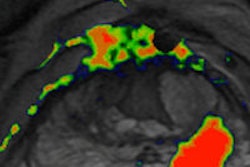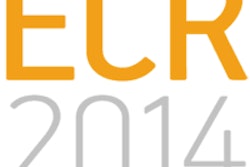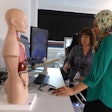The rate of inappropriate imaging scans for low-risk prostate cancer patients in Sweden fell dramatically in the decade following an education effort to curb such tests, according to a study published online on 23 July in the Journal of the National Cancer Institute (JNCI).
The study findings suggest that reducing unneeded medical tests, a critical healthcare policy goal in the U.S., is possible.
Researchers from the New York University Langone Medical Center collaborated with colleagues at Umeå University, Regional Cancer Center Uppsala University Hospital and the Karolinska Institute, as well as at New York's Memorial Sloan-Kettering Cancer Center, to examine the records of approximately 100,000 Swedish men diagnosed with prostate cancer from 1998 until 2009 (JNCI, 24 July 2013).
The National Prostate Cancer Register of Sweden (NPCR) began a campaign to reduce inappropriate diagnostic imaging among men with low-risk prostate cancer in 2000. The effort involved publicly presenting statistics on inappropriate imaging at urology meetings as well as reminders about imaging guidelines. Urologists in Sweden could then see imaging rates at their own institution compared to best practices, and had an incentive not to be listed as a provider of unnecessary testing, according to the study.
Lead author Danil Makarov and colleagues found that, during the study period, the percentage of unnecessary scans among patients with low-risk prostate cancer fell from 45% to 3%.
"It's recognized that the chance of finding metastases in these patients is very small, and the downsides of the scans include unnecessary costs, a lengthy diagnostic procedure including injection of a radioactive isotope, treatment delays, and, of course, unnecessary worries about advanced disease before the test results are available or after a falsely positive examination," Makarov said in a statement released by NYU Langone Medical Center.
But the study also showed the rate of appropriate scans in patients with high-risk tumors decreased from 63% to 47% -- suggesting that when guidelines to limit the inappropriate use of a healthcare resource are implemented, the appropriate use of that resource should be simultaneously encouraged, Makarov and colleagues wrote.
"Policy efforts to curb inappropriate prostate cancer imaging, such as Choosing Wisely, might need to be augmented, perhaps with further efforts to encourage appropriate use," the team concluded. "Without some sort of further modification, policies to reduce inappropriate prostate cancer imaging may improve care for patients with low-risk disease at the expense of those with high-risk features."














